BEO (Banquet Event Order) is a detailed document that specifies all the logistical details of an event, including food and beverage requirements, setup instructions, and timeline.
If you're starting in the world of event planning, you may have come across the acronym “BEO” or “Banquet Event Order.” While it may sound like another piece of jargon in the industry, understanding what a BEO is and how to create one is essential for any event planner. Let's break down the basics of a Banquet Event Order, its significance, and how to use it effectively to ensure your events run smoothly.
What is a BEO?
A Banquet Event Order, often abbreviated as BEO, is crucial in the event planning and catering industries. It serves as a detailed blueprint for the successful execution of an event. Essentially, it's a comprehensive set of instructions and information that outlines an event's important details, ensuring that all parties involved are on the same page.
Why is a BEO important?
The BEO plays a pivotal role in event planning for several reasons:
1. Clear Communication
A BEO acts as a communication bridge between the event planner, the client, and the event venue staff. It ensures everyone knows exactly what is expected and what will occur during the event.
2. Accuracy
It provides a detailed breakdown of all elements, including the number of guests, menu choices, seating arrangements, timelines, and special requests. This level of detail helps minimize errors and ensures that everything goes according to plan.
3. Accountability
The BEO is a contractual agreement between the event planner and the venue. It holds both parties accountable for delivering on their promises and meeting the client's expectations.
4. Reference Guide
During the event, the BEO serves as a reference guide for the event staff, allowing them to follow the schedule, set up the venue correctly, and provide the services as specified.
Components of a BEO
A typical Banquet Event Order includes the following components:
1. Event Details
- Event name and date.
- Event location and contact information.
- Client's name and contact details.
2. Event Timeline
- Arrival and departure times for vendors, staff, and guests.
- Schedule of activities and key moments (e.g., speeches, presentations, entertainment).
3. Menu and Beverage Details:
- Meal service times (e.g., breakfast, lunch, dinner).
- Menu choices and dietary restrictions.
- Beverage options and service.
4. Setup and Layout:
- Floor plan and seating arrangements.
- Details on decorations, lighting, and audiovisual equipment.
- Special requests or custom setups.
5. Billing Information:
- Pricing, payment terms, and deposit details.
- Any additional costs or charges.
How to Create a BEO:
Creating a BEO may seem like a daunting task, especially for beginners. However, you can become proficient at it with practice and attention to detail. Here's a simplified step-by-step guide:
- Gather Information: Collect all necessary details from your client, such as guest count, menu preferences, and event timeline.
- Use Templates: Many event planning software and tools offer BEO templates. Utilize these resources to streamline the process.
- Double-Check Everything: Ensure that all information in the BEO is accurate and matches your client's expectations.
- Review with the Client: Before finalizing the BEO, review it with your client to confirm that it aligns with their vision.
- Share with the Venue: Send the BEO to the event venue or caterer so they know all the details and can prepare accordingly.
- Follow Up: Stay in close communication with the venue staff leading up to the event to address any questions or changes.
Remember that practice makes perfect; as you gain experience, creating BEOs will become second nature.
A Banquet Event Order is invaluable for any event planner, ensuring that events are executed flawlessly. By mastering the creation and utilization of BEOs, you'll be well on your way to a successful career in event planning.
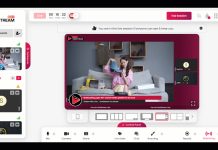
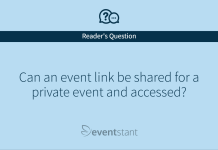

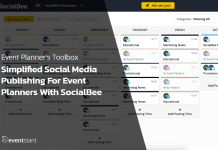
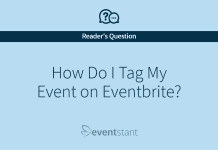
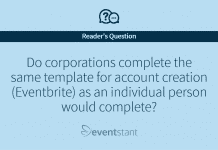

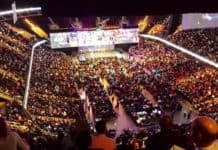

![How Important Are Face to Face Meetings [INFOGRAPHIC]](https://eventstant.com/wp-content/uploads/faceToface_v11-sm-218x150.jpg)







